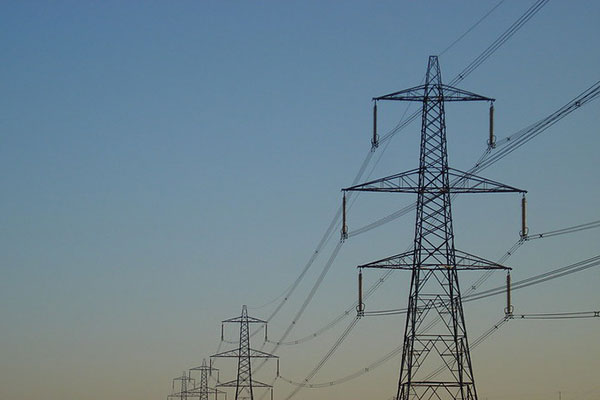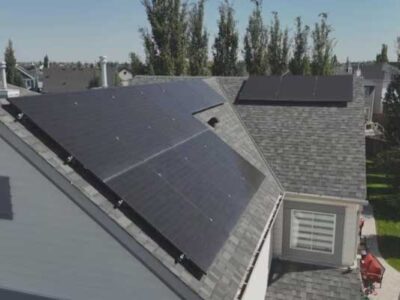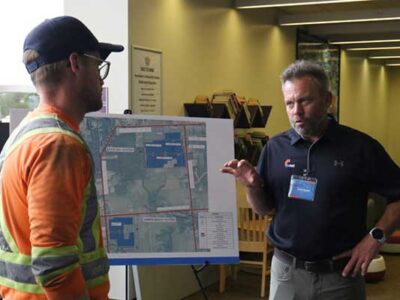- Ottawa commits $33M to fund a 32MW Indigenous-owned solar farm near Regina.
- The project secures a 30-year power purchase deal with K+S Potash Canada via SaskPower.
- The initiative highlights Indigenous leadership in clean energy and long-term regional economic benefits.
Canada’s federal government is investing $33 million in an Indigenous-owned solar project in southern Saskatchewan, marking a significant step in both the country’s clean energy expansion and Indigenous economic participation.
The funding, announced Tuesday by Energy and Natural Resources Minister Tim Hodgson, will support the George Gordon First Nation’s Wicehtowak Solar Ltd. in building a 32-megawatt solar farm near Regina. The project, equipped with bi-facial solar panels, will be among the largest Indigenous-owned renewable energy facilities in the province.
First-of-Its-Kind Power Agreement
Beyond its size, the Wicehtowak Solar Project is notable for its commercial structure.
Electricity will be sold indirectly to K+S Potash Canada under a 30-year power purchase agreement via SaskPower’s grid. Officials say it is the first arrangement in Saskatchewan where an Indigenous-owned project and a private developer will supply industrial customers through the provincial utility.
K+S Potash, which operates a major potash mine near Bethune, relies heavily on energy for its operations. The deal is expected to secure long-term electricity needs for the mine while supporting Canada’s agricultural export sector.
“This initiative shows how Indigenous-led renewable projects and industrial innovation can come together to decarbonize operations and create long-term value,” said Sam Farris, president of K+S Potash Canada.
Federal and Indigenous Support

Saskatchewan is a Canadian province that borders the United States to the south. Grassland covers its southern plains, and to the north are the rugged rock of the Canadian Shield plateau, coniferous forests, rivers and lakes.
The project also received $432,400 from Indigenous Services Canada through its Strategic Partnerships Initiative and Community Opportunity Readiness Program. Additional support came from SaskPower, which granted Wicehtowak Solar exclusive franchise rights in 2023 to facilitate the sale of power through the grid.
Federal officials emphasized that the solar farm will deliver multiple benefits, including clean energy generation, job creation, and new revenue streams for the George Gordon First Nation. “This project demonstrates smart, forward-thinking leadership rooted in community,” said Indigenous Services Minister Mandy Gull-Masty.
Broader Federal Strategy
The federal investment comes through Ottawa’s $4.5 billion Smart Renewables and Electrification Pathways Program, designed to fund grid modernization, storage, and non-emitting generation across the country.
If successful, the Saskatchewan initiative could serve as a model for similar Indigenous-led partnerships elsewhere in Canada, blending clean power development with industrial demand and reconciliation goals.













Comments